6 Types of Plungers and Their Uses Around the Home
In their design, plungers are simple tools that apply suction and pressure. The plunger’s rubber cup creates a seal over the drain opening. When you move the handle up and down, pressure moves the water up and down. This, in turn, creates enough force to dislodge the majority of clogs, so they can move on towards the drain pipes.
While it’s considered one of the most common household tools, the plunger is also absolutely critical for plumbers to clear out drain clogs. Plungers are inexpensive and easy to use. Having a few different types of plungers in your home can help you avoid the cost of calling a plumber for simple clogs.
You might be surprised by how many different types of plungers there are. Each is designed with a different use around the home. Choosing the right plunger for the job at hand can make or break your success of unclogging the drain.
Here are the basic types of plungers and their uses around the home:
Type #1: Toilet Flange Plungers
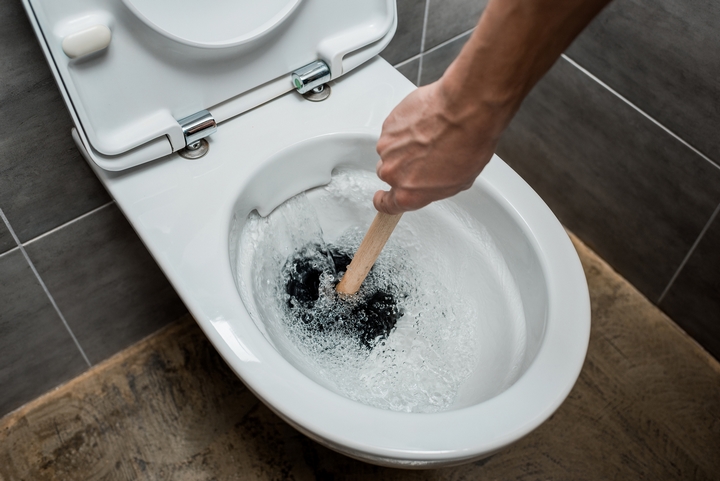
The toilet flange plunger is one of the most common types of plunger. You can differentiate the toilet flange plunger from the standard sink plunger by its rubber flap around the cup. The rubber flap, known as the flange, folds out from inside the cup and is meant to fit into the toilet’s drain opening.
The good news is this plunger can be used on sinks too since the fold-out flap allows it to fit over just about any drain. However, it’s more hygienic to only use keep the toilet flange plunger for toilet-related clogs and use a standard sink plunger for other sink clogs.
Type #2: Standard Sink Plungers
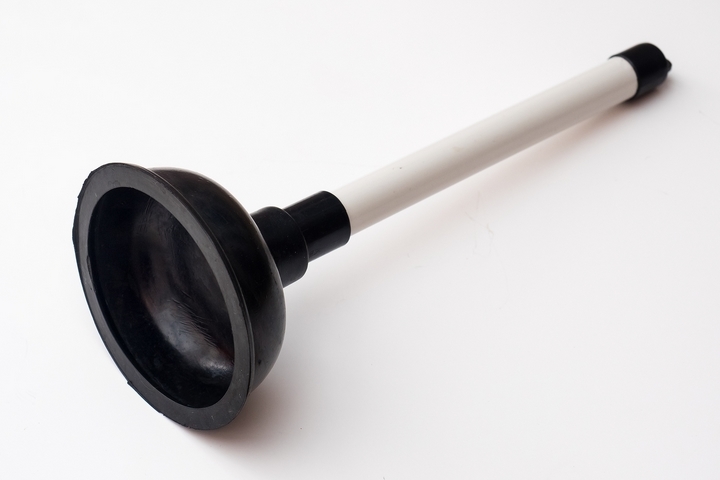
When you think of a plunger, this type of plunger is probably the one that comes to mind. It has a rubber cup at one end and a straight wood handle.
The standard plunger is best used on the sink since it only works on a flat surface. This allows the cup to lay flat over the drain and create the seal required to dislodge a sink clog. Expect to use more human force with this plunger. Each plunge will only displace a small amount of water at a time, so you’ll need to work through tougher clogs. Use it on the kitchen sink, bathroom sink, and even the bathtub.
If this is the only plunger you have in the home, you can try using it to clear a toilet clog in an emergency, but it can be tough to create the seal required for proper suction. The curve of the toilet bowl can make it tough to create a vacuum seal.
Type #3: Accordion Plungers
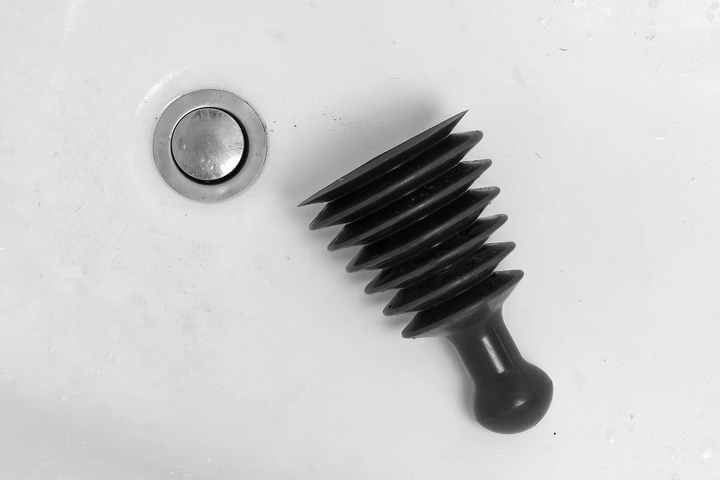
If you have a particularly tough toilet clog to clear out, you might need an accordion plunger. This type of plunger has a smaller cup, which makes it more powerful. It’s ideal when you need to create more force than the toilet plunger allows.
This type of plunger is distinctive since it’s made of one single piece of molded plastic, and it contains flexible accordion-style ridges. These ridges hold air, and when the plunger is compressed, the air is pushed out from the cup to dislodge the clog. Because this tool is made of a tough plastic, it can be hard to create the vacuum seal needed to create suction.
It’s not a very easy tool to use, and it must be completely submerged in water to work. It can also be difficult to create a vacuum seal, and it’s not suitable for other types of drains. What’s more, the accordion plunger is bigger than most other types, so it won’t fit as discreetly in the bathroom. If you repeatedly get clogs in your toilet, though, this tool can’t be beat for its power and effectiveness.
Type #4: Taze Plungers

The taze plunger won’t be found in typical households. It isn’t used on sinks and toilets. In fact, it’s a specialty tool used by plumbers. This type of plunger has a disc that’s sized to fit a particular pipe, and it’s used specifically to clear out large pipes. The plunger also includes a long steel rod that pushes the disc deep into the pipe to push out a clog.
Using the wrong plunger to unclog a drain can be frustrating, or worse yet, futile. To effectively unclog drain clogs in your home, it’s good to understand the different types of plungers at your disposal and what they’re best used for.
Type #5: Beehive Plungers
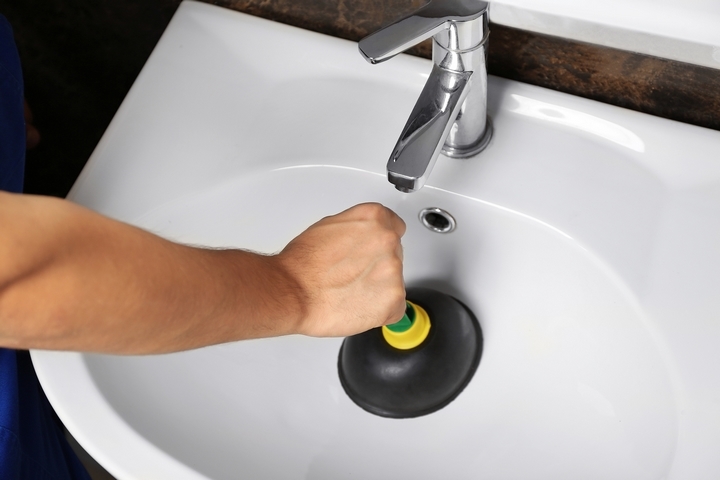
This type of plunger resembles an old school beehive full of honey hanging from a tree. It’s narrow at the top and widens in the middle. It then narrows again at the bottom to fit over toilet drains, and includes a flange. This flexible tip enables you to push the plunger further down the hole to create the airtight seal you need to get the job done.
Type #6: Automatic Toilet Plungers
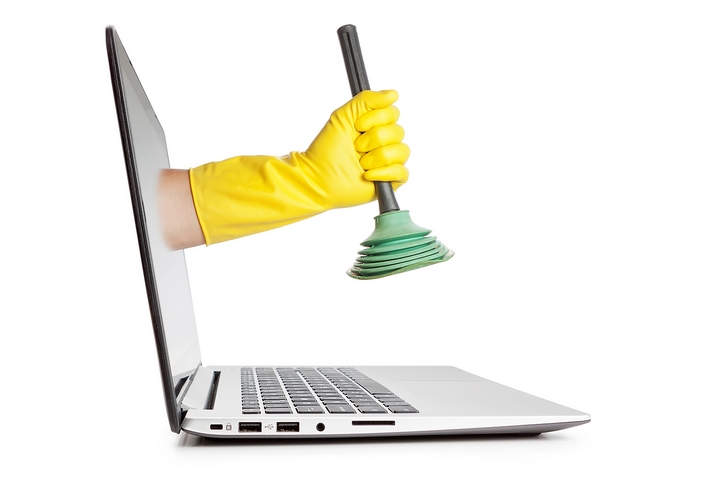
These days, everything is going automatic, and the toilet plunger is no exception.
The automatic toilet plunger uses CO2 gas to quickly and easily dislodge clogs. All you have to do is firmly insert the tip of the plunger into the drain hole, and a burst of CO2 will be released to unclog the toilet. It’s a powerful tool that can more thoroughly clear clogs than other plungers. However, it also requires you to buy single-use CO2 canisters.

